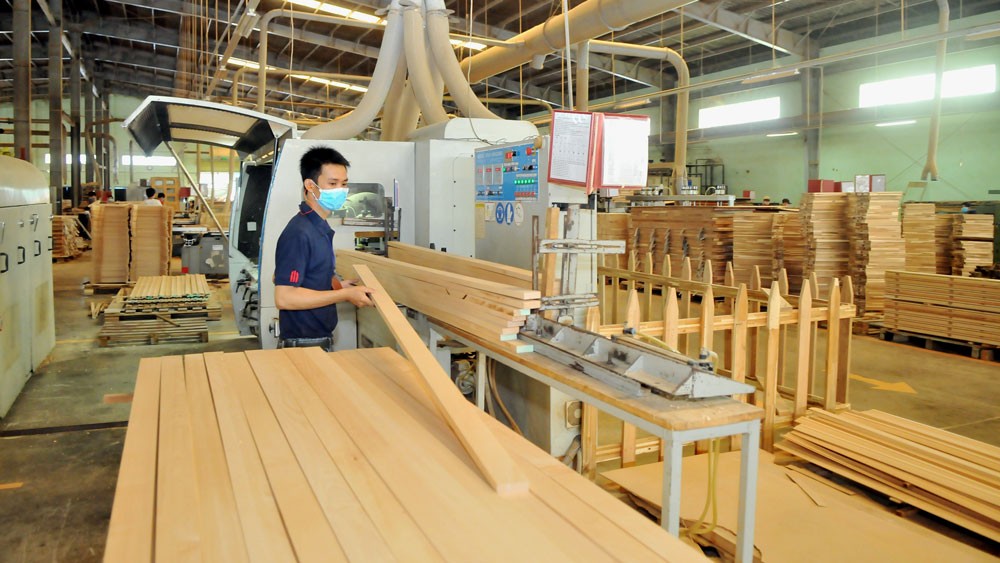
Wood and furniture exports have faced a host of challenges, yet ample room remains for the sector to expand its market share in the time ahead, they said at a recent forum in Ho Chi Minh City.
Director of the Department of Forestry under the Ministry of Agriculture and Rural Development Tran Quang Bao said that wood and wooden products make up nearly 93 percent of Vietnam’s forestry value every year, and export of the goods have maintained two-digit growth, even during the Covid-19 pandemic.
However, enterprises have experienced a fall in orders as consumers have tightened their purse strings, he said, adding Vietnamese woodworks depend largely on foreign markets but purchasing power from large buyers in China, the EU, Japan, the Republic of Korea and the US decline sharply.
Bao held that major export markets’ strict regulations on product legality and sustainability, trade fraud, complicated trade competition and limited production capacity of domestic firms also put Vietnamese wood exporters in hot water.
Meanwhile, Giovanna Castellina, a representative from the Italian Center for Industrial Studies, said that global wood furniture market size is around US$480 billion, with China being the leading exporter, followed by the US, Italy, Germany, India and Vietnam.
Geopolitical tensions, conflicts and supply chain disruptions will affect the sector’s growth scenario this year, she said, adding the sector is forecast to go sideways and not grow in 2023, and will rebound in 2025.
She suggested Vietnamese firms diversify its market instead of a single one to reduce risks, elaborating as three fourths of Vietnamese furniture are absorbed by the US market, export value falls dramatically when demand from the market dwindles.
Sharing the same viewpoint, Chairman of the Handicraft and Wood Industry Association of Ho Chi Minh City (HAWA) Nguyen Quoc Khanh said that although Vietnam has been in the world’s top wood exporters, the country holds a small market share.
Against this backdrop, businesses should outline measures to reach new and potential markets, he added.
Despites short-term challenges, experts said wood enterprises should invest in R&D activities and create new designs to improve added values for the products with a view to expanding market share in the coming time.
Statistics of the Ministry of Agriculture and Rural Development showed that the sector’s export turnover reached $14.39 billion last year, down 15.8 percent year-on-year.
This year, the sector targets $15 billion in export revenue.
























